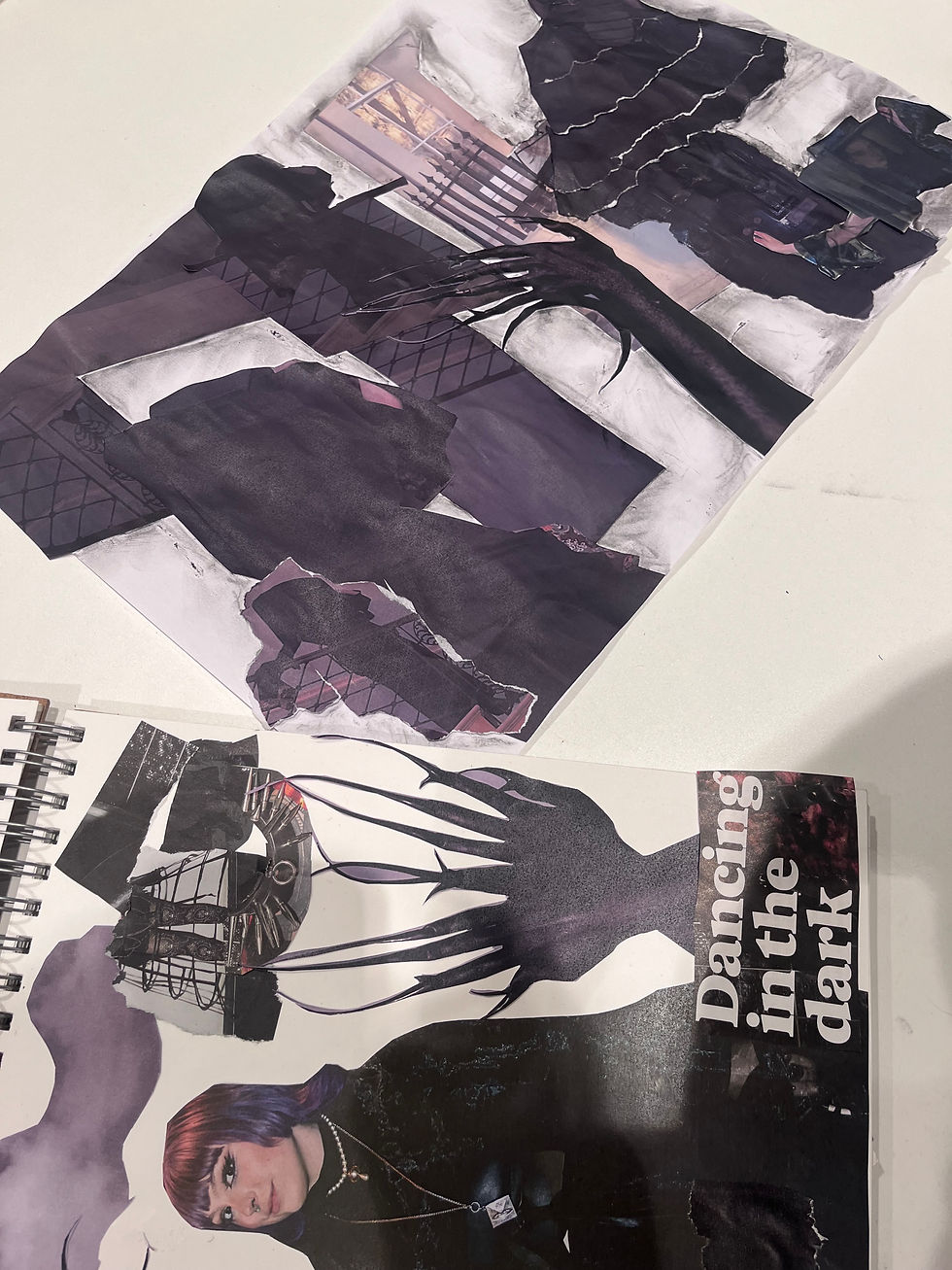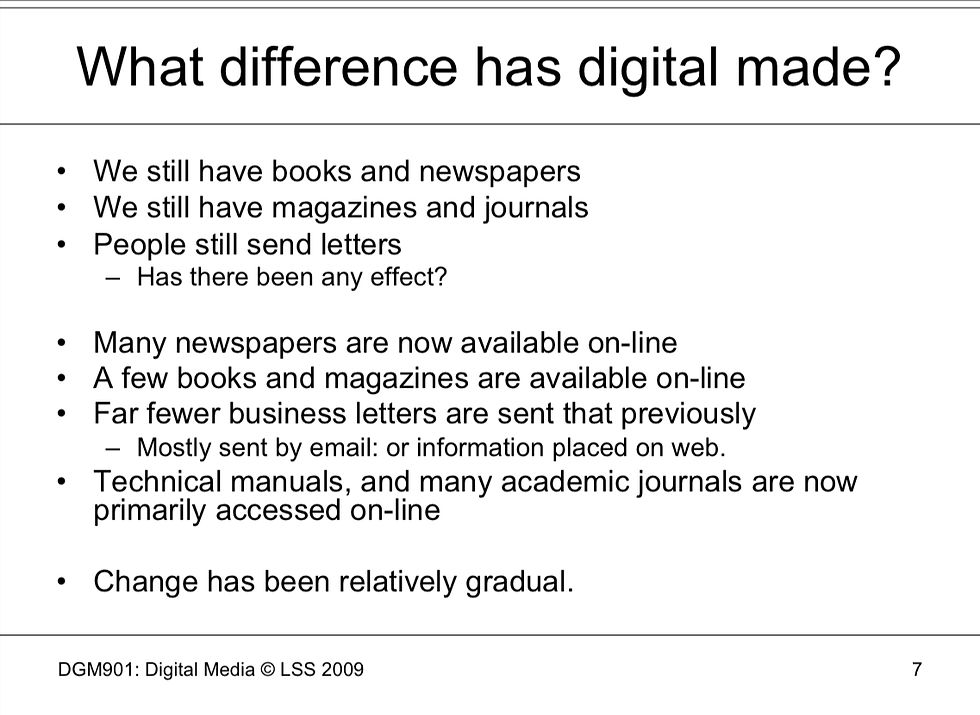Mood Boards Week 2
- Eloise Walker
- Mar 5, 2024
- 2 min read
Updated: Mar 21, 2024
Embarking on the process of creating mood boards has been an enlightening journey, navigating through the intricacies of visual composition and design. Initially, I found myself wrestling with the notion that a meticulously defined theme was imperative for a successful mood board. However, I have come to appreciate the liberating perspective that encourages creators to refrain from overthinking the thematic elements and, instead, to allow an organic and

intuitive approach to guide the creative process.
In my exploration of mood board creation, I've discovered that the essence of this

visual medium lies in its ability to encapsulate diverse influences, emotions, and aesthetic inspirations. Rather than adhering strictly to a preconceived theme, I have found solace in the freedom to assemble a collage that resonates with the spectrum of my personal aesthetic preferences and evokes the desired mood.
The realization that a mood board need not conform to rigid thematic constraints has introduced a refreshing sense of flexibility into the creative process. While a cohesive theme may have its merits, there is a unique charm in allowing the spontaneous interplay of images, colors, and textures to shape the narrative. The emphasis, therefore, shifts from meticulous planning to embracing a more organic and instinctive method of curation.

In class we were told to not give the boards too much thought and to just create a piece however, I found this to be quite hard as I’m always overthinking. I tried to create boards with less thought behind them but this just ended up in a few random boards without a theme or meaning. In the future, I will improve this,
As we are in a digital age, we created these mood boards with analog and digital processes in mind. Analog fashion communications evoke a sense of nostalgia and authenticity in a digital age dominated by rapid exchanges. Utilising traditional mediums such as print magazines, runway shows, and physical lookbooks, analog fashion communications infuse a tangible allure into the industry. The tactile experience of flipping through glossy pages or witnessing designs firsthand on a catwalk fosters a deeper connection between the audience and the garments, transcending the limitations of screens. In an era where
immediacy often prevails, analog fashion communication stands as a timeless testament to the enduring power of tangible expression and human connection within the ever-evolving landscape of style.

In conclusion, the art of creating mood boards has taught me the importance of relinquishing the need for a meticulously defined theme. By liberating oneself from the constraints of overthinking, one can tap into a more intuitive and expressive realm of creativity, resulting in mood boards that authentically reflect individual tastes, emotions, and inspirations. Ultimately, it is a testament to the diverse and dynamic nature of visual expression. I find myself preferring the convenience of digital communications as everything is in one place and easier to edit and erase. I will try more analog techniques throughout my journey in the industry but by far, I believe that digital is the way of today’s age.






Comments